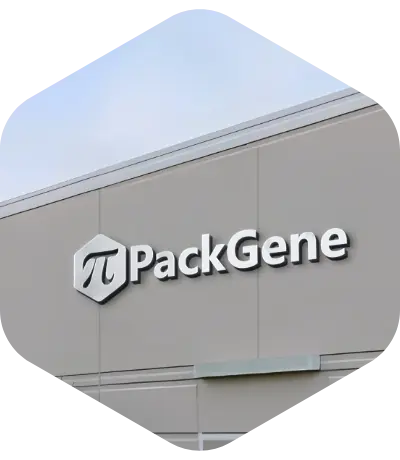
Comment on Rapid and efficient in vivo astrocyte -to- neuron conversion with regional identity and connectivity
简介:
- 作者: Gong Chen, Wen Li, Zongqin Xiang, Liang Xu, Minhui Liu, Qingsong Wang and Wenliang Lei
- 杂志: bioRxiv
- Doi: https://www.doi.org/10.1101/2020.09.02.279273
- 出版日期: 2020 Sep 3
论文中使用的产品/服务
Quotation shows PackGene:AAV serotype 9 (AAV9) and 5 (AAV5) were produced by PackGene® Biotech, LLC, purified through iodixanol gradient ultracentrifuge and subsequent concentration.
Research Field:CNS
AAV Serotype:AAV9 and AAV5
Targeted organ:brain
Animal or cell line strain:adult WT C56BL/6J mice
摘要
Regenerating functional new neurons in the adult mammalian central nervous system (CNS) has been proven to be very challenging due to the inability of neurons to divide and repopulate themselves after neuronal loss. In contrast, glial cells in the CNS can divide and repopulate themselves under injury or disease conditions. Therefore, many groups around the world have been able to utilize internal glial cells to directly convert them into neurons for neural repair. We have previously demonstrated that ectopic expression of NeuroD1 in dividing glial cells can directly convert reactive glial cells into neurons. However, Wang et al. recently posted an article in bioRxiv challenging the entire field of in vivo glia-to-neuron conversion after using one single highly toxic dose of AAV (2×1013 gc/ml, 1 μl) in the mouse cortex, producing artifacts that are very difficult to interpret. We present data here that reducing AAV dosage to safe level will avoid artifacts caused by toxic dosage. We also demonstrate with Aldh1l1-CreERT2 and Ai14 reporter mice that lineage-traced astrocytes can be successfully converted into NeuN+ neurons after infected by AAV5 GFAP::NeuroD1. Retroviral expression of NeuroD1 further confirms our previous findings that dividing glial cells can be converted into neurons. Together, the incidence of Wang et al. sends an alarming signal to the entire in vivo reprogramming field that the dosage of viral vectors is a critical factor to consider when designing proper experiments. For AAV, we recommend a relatively safe dose of 1×1010 - 1×1012 gc/ml (~1 μl) in the rodent brain for cell conversion experiments addressing basic science questions. For therapeutic purpose under injury or diseased conditions, AAV dosage needs to be adjusted through a series of dose finding experiments. Moreover, we recommend that the AAV results are further verified with retroviruses that mainly express transgenes in dividing glial cells in order to draw solid conclusions.
关于派真
作为一家专注于AAV 技术十余年,深耕基因治疗领域的CRO&CDMO,派真生物可提供从载体设计、构建到 AAV、慢病毒和 mRNA 服务的一站式解决方案。凭借深厚的技术实力、卓越的运营管理和高标准的服务交付,我们为全球客户提供一站式CMC解决方案,包括从早期概念验证、成药性评估到IIT、IND及BLA的各个阶段。
凭借我们独立知识产权的π-alphaTM 293 细胞AAV高产技术平台,我们能将AAV产量提高多至10倍,每批次产量可达1×10¹⁷vg,以满足多样化的商业化和临床项目需求。此外,我们定制化的mRNA和脂质纳米颗粒(LNP)产品及服务覆盖药物和疫苗开发的各个阶段,从研发到符合GMP的生产,提供端到端的一站式解决方案。

